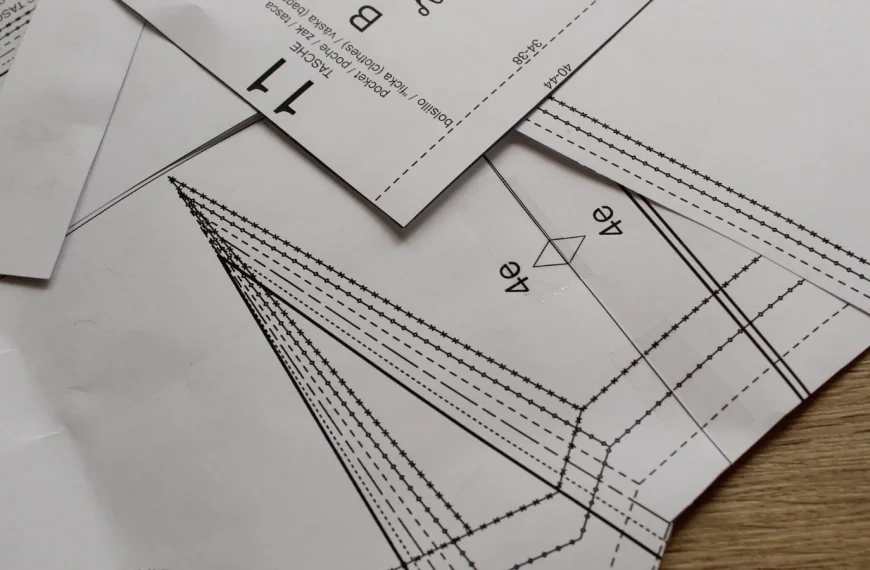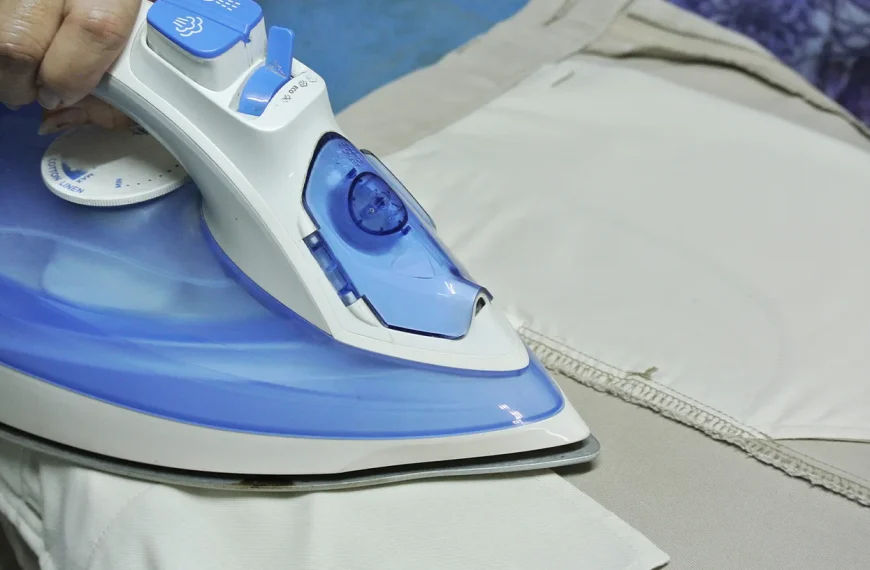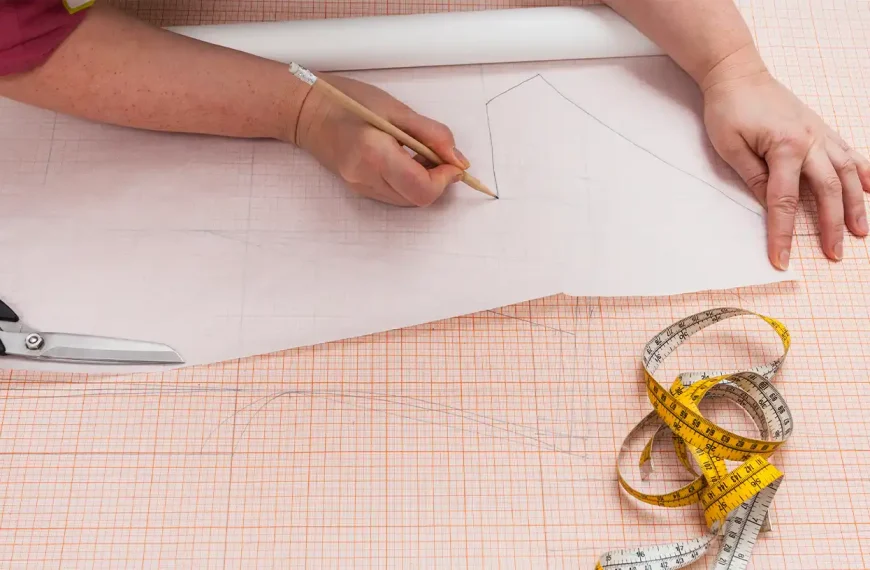Crafters and DIY enthusiasts often face the challenge of transforming their fabric creations into works that can hold their shape. Whether it’s cosplayers needing rigid pieces for a costume, quilters wanting to add dimension to their art, or parents crafting a school project with their kids, the need to stiffen fabric is a common hurdle in many projects.
Finding an affordable and easily accessible solution can be challenging.
Did you know that everyday household items can double as fabric stiffeners? That’s right! With ingredients likely already in your pantry or craft drawer, you can access homemade solutions that will leave your fabrics firm and ready for any creative endeavor.
This blog post dives deep into various methods of permanent fabric stiffening. By following these tips, you will learn how to stiffen fabric and unlock new possibilities in textile crafts.
Ready to give your fabrics some backbone? Keep reading!
What is a Fabric Stiffener?
Fabric stiffener is a special product that adds stiffness to fabric. It helps the fabric hold its shape and stay firm. You can find many types of fabric stiffeners in stores, like Mod Podge Stiffy or Aleene’s Fabric Stiffener.
But it’s also fun to make your own DIY fabric stiffener at home with simple things like cornstarch or PVA glue. The homemade versions work well for lots of projects and can save you money.
Why does Fabric Need to Stiffen?
Knowing about fabric stiffeners leads to an understanding of their importance in crafting and sewing. Sometimes, a garment or craft project needs some extra body or support. Stiffening the fabric can give it the necessary structure.
For example, collars and cuffs on shirts look better when they’re crisp and hold their shape. Also, if someone is making things like fabric baskets or certain types of costumes, those items need to be sturdy enough to stand up on their own.
Adding stiffness to fabric also makes it easier to work with. Cutting and sewing become simpler because the material doesn’t slip around as much. When artists create with fabrics, such as in quilts or wall hangings, they often want parts of their design to pop out more.
Making these pieces stiff can help achieve this effect beautifully, giving life and dimensionality to the artwork.
How to Stiffen Fabric: Sewing Methods
For sewing enthusiasts seeking durability and structure, knowing how to stiffen fabric permanently is a game-changer. Continue reading for innovative home solutions and commercial options to achieve the perfect rigidity.
Interfacing

Interfacing is a great way to stiffen fabric, especially when making clothes. It’s like a secret helper that sits between layers of fabric and adds stability without being seen.
You can find interfacing in different weights to match the kind of fabric you’re working with. To use it, cut the interfacing to the shape you want. Place it onto your fabric piece, and then iron them together.
The heat from the iron activates the glue on one side of the interfacing, which sticks firmly to your fabric, giving it strength.
There are two types: fusible and sew-in. Fusible is popular because you only need an iron to make it stick. Sew-in needs you to sew it into place for those more delicate fabrics or if you don’t want any extra stiffness from glue.
Whatever your purpose, interfacing gives projects long-lasting form and structure.
Boning
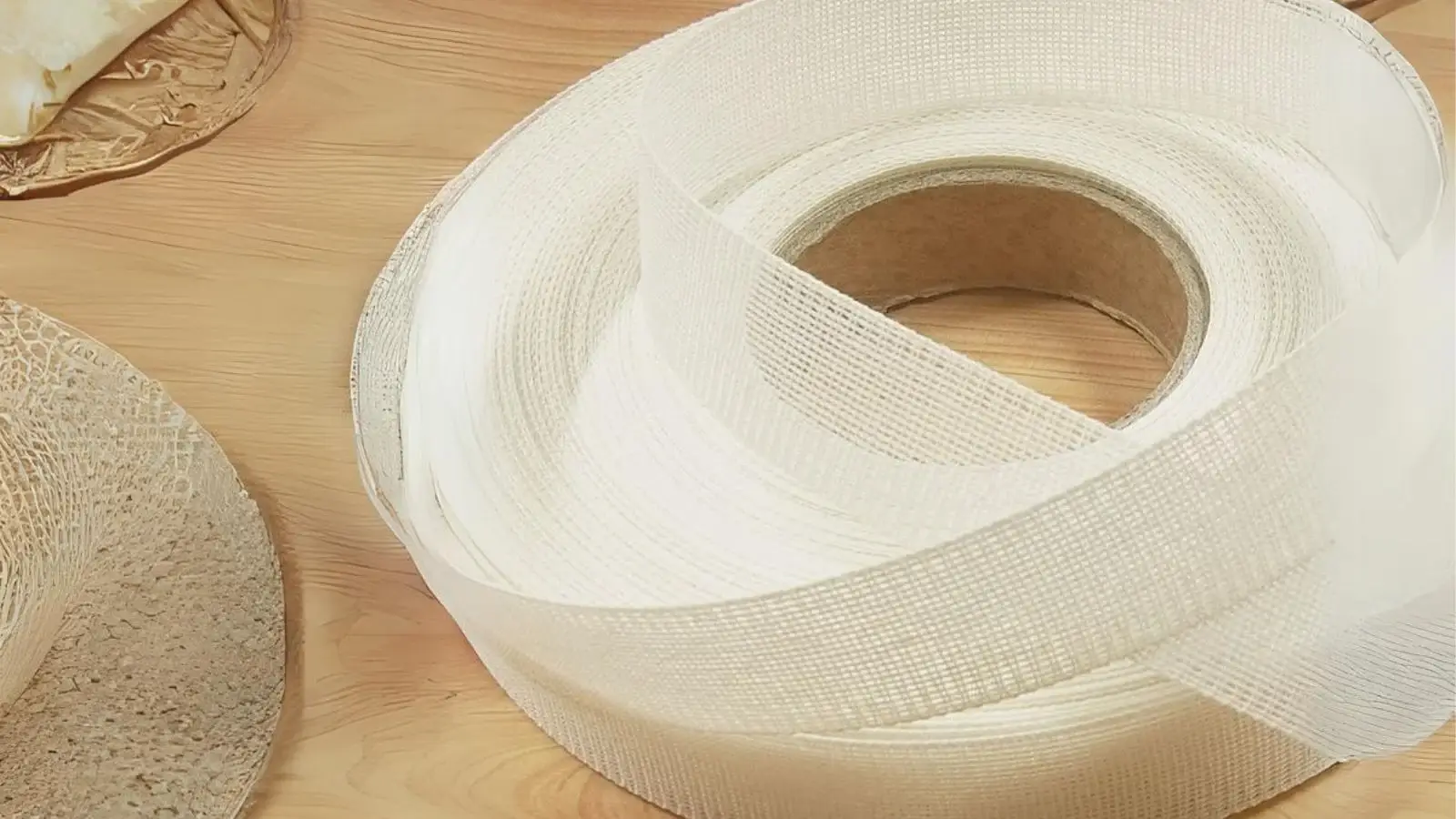
Beyond using interfacing, boning offers another method to give fabric shape and stability. It involves inserting thin strips of plastic or metal into channels sewn onto the fabric.
These strips help the material hold a certain form, which is ideal for garments like corsets or structured dresses. Sewers often choose to bone when they need parts of their clothing to stand out or stay up without folding over.
Boning works well with heavier fabrics that need extra support. For example, if someone wants to make a dress with a full skirt that doesn’t collapse, adding boning can create that effect.
This technique needs sewing skills. You must attach the boning accurately for it to work right. But once in place, it provides long-lasting stiffness and shape for any project.
How to Stiffen Fabric: Use DIY Fabric Stiffeners
With a mix of household items and a touch of creativity, DIY fabric stiffeners offer an affordable and customizable way to give your textiles rigidity. Discover how you can craft these solutions yourself in the sections below.
Mix Cornstarch with Water
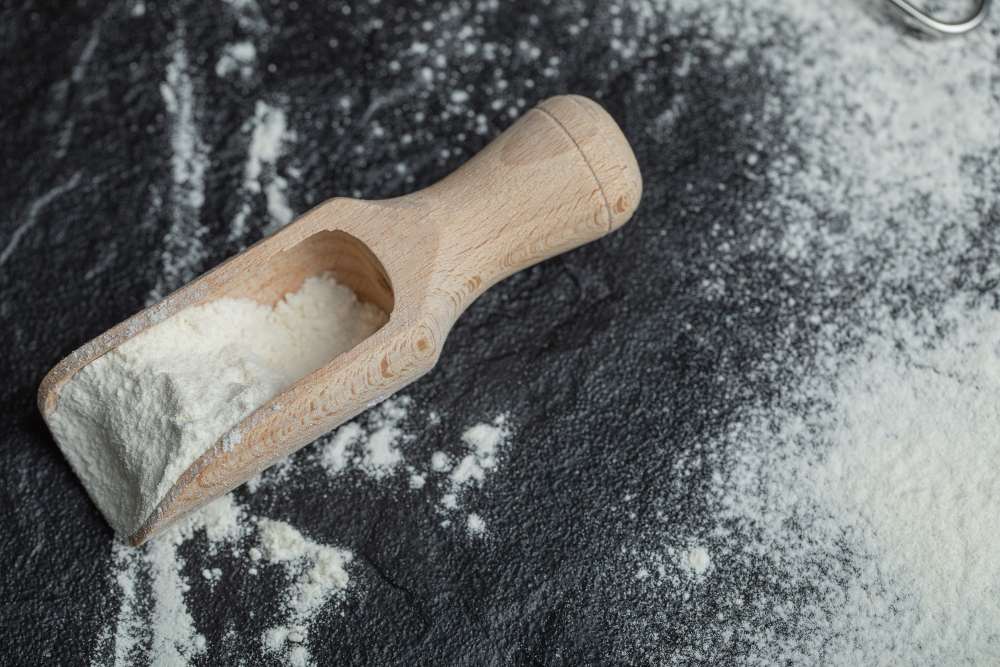
Cornstarch is a great way to stiffen fabric at home. Mix it with water until it’s smooth. Then, heat it in a pot until it gets thick. Spread this paste on your fabric and let it dry.
The fabric becomes harder and keeps its shape well after this treatment.
Next up is Elmer’s glue, another item you might find around the house.
Use Elmer’s Glue

Elmer’s glue offers a simple way to harden fabric. Mix equal parts glue and water in a bowl for an easy homemade stiffener. Soak the piece of fabric in the mixture, ensuring it gets fully wet.
After that, squeeze out excess liquid, but be gentle so you don’t twist the fabric out of shape. Lay the treated material flat or mold it as desired, and let it dry until completely hard.
People often use Elmer’s glue because it’s safe and washable before drying. It works well for projects where you want to stiffen fabric for sewing or crafting, like making fabric bowls or giving stability to collars and costume pieces.
Once dry, this method provides permanent stiffness unless the material gets wet again.
Mix Flour Starch with Water
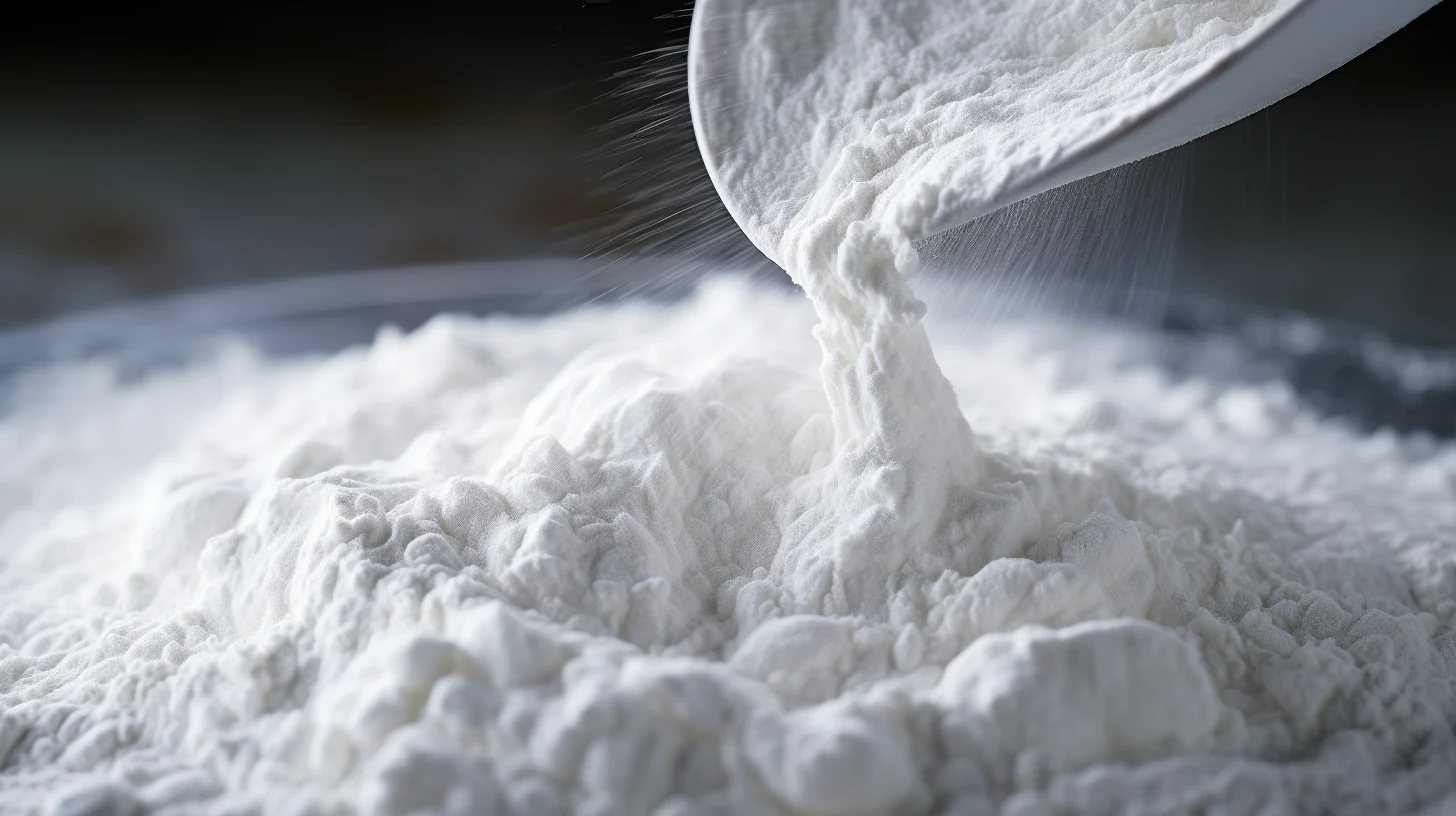
Flour starch is a classic way to stiffen fabric. To make it, mix one tablespoon of starch with two cups of water in a pot and cook until it thickens. Cool the mixture before using it on your fabric.
Lay the fabric flat and brush the flour paste over its surface evenly. Once dry, you’ll notice your material has become firmer than before.
For extra stiffness, apply another layer after the first one dries completely. This method allows you to shape your garment or craft into its desired form while giving stability to the fabric.
Remember not to wash treated items; this will soften them again.
Use Rice Starch
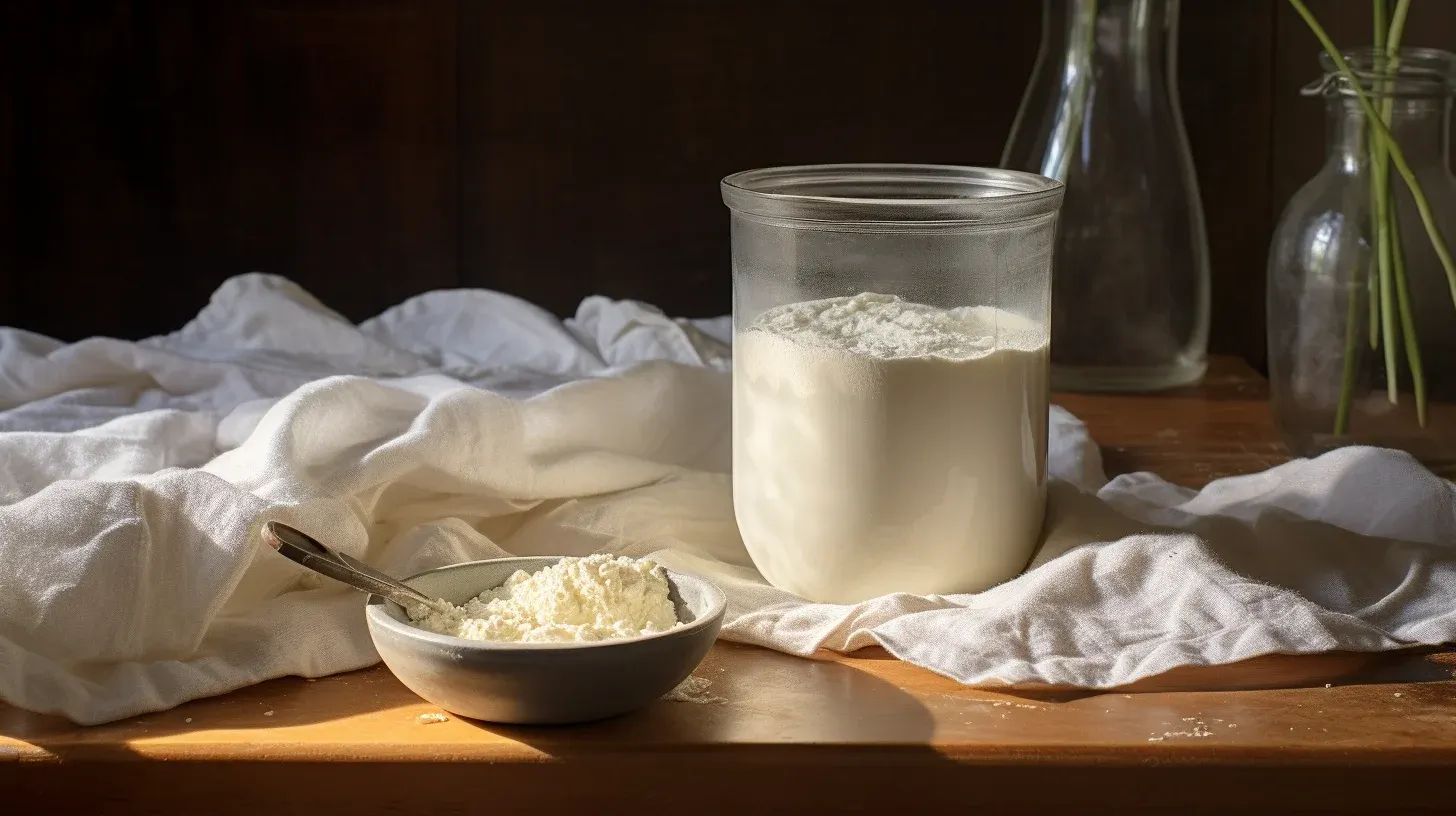
Much like flour starch, rice starch also serves as a great way to stiffen fabric. To make it at home, you need only two ingredients: uncooked rice and water.
First, wash the rice to get rid of any dirt or oils. Then, let the clean rice soak in water for about 30 minutes. After that, strain the mixture and keep the milky liquid—that’s your homemade rice starch! It is perfect for giving your fabric a smooth finish and durable stiffness.
To use this method, dip the fabric into the liquid and squeeze out any excess. Spread the material out flat to dry; no ironing is needed here! As it dries, you’ll notice how much stiffer your piece becomes. This method is ideal for projects that require firmness without adding weight or thickness to the material.
Apply Gelatin
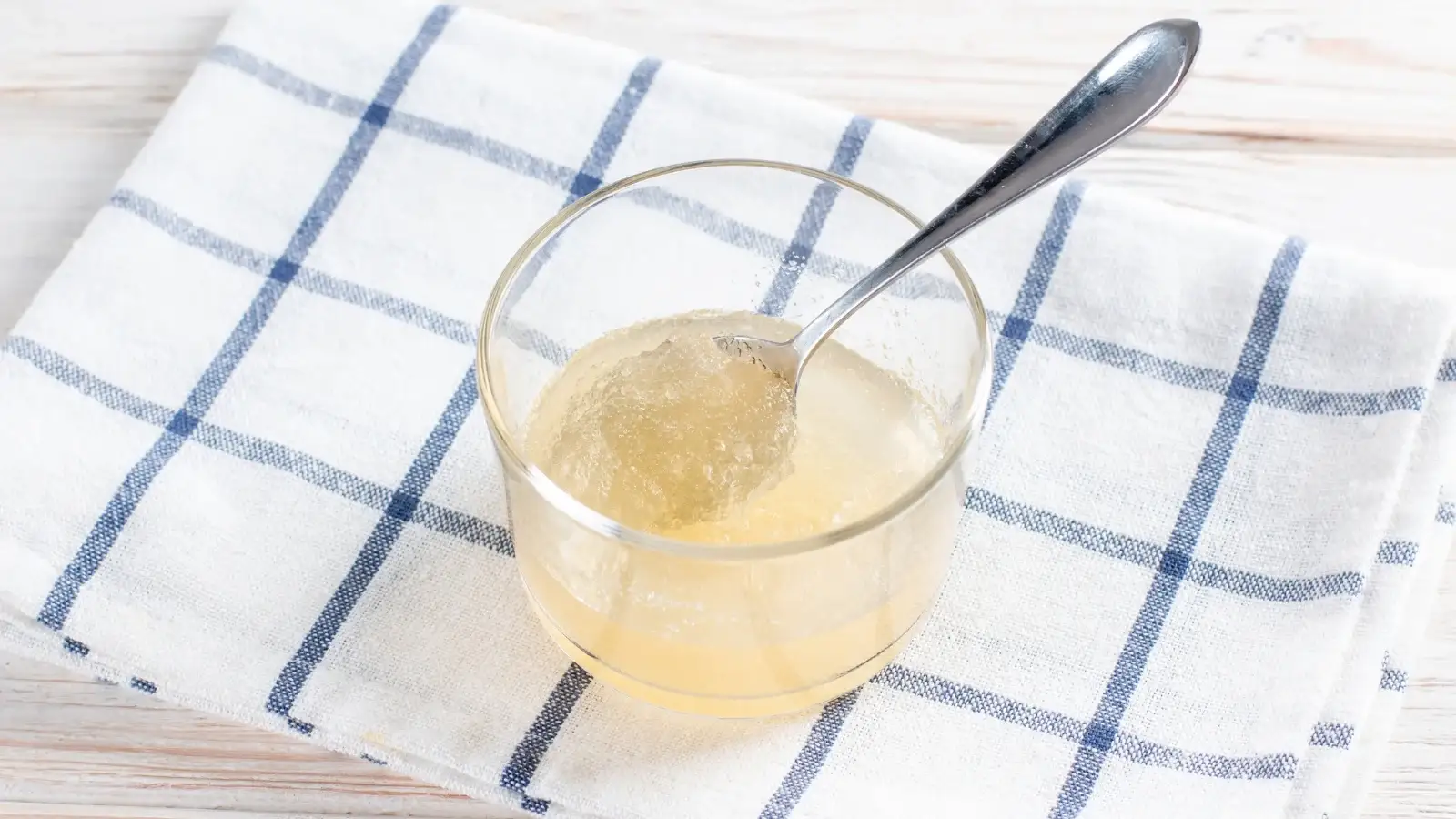
Gelatin is a handy option for stiffening fabric at home. It’s clear, and it adds strength without changing the color or texture of the material. People mix gelatin with water, soak their fabric in it, then squeeze out the extra liquid and let it dry into shape.
This method works well for crafts where you need the fabric hard, like for bows or costumes.
To use gelatin, boil water and sprinkle in powdered gelatin. Stir until it dissolves completely. Dip your fabric into this solution. Coat it evenly. Then, get rid of any drips by squeezing gently.
Spread your project flat or mold it to how you want it to stay. Once it’s dry, the item will hold its form nicely, thanks to the gelatin’s stiffening powers.
Mix Sugar and Water
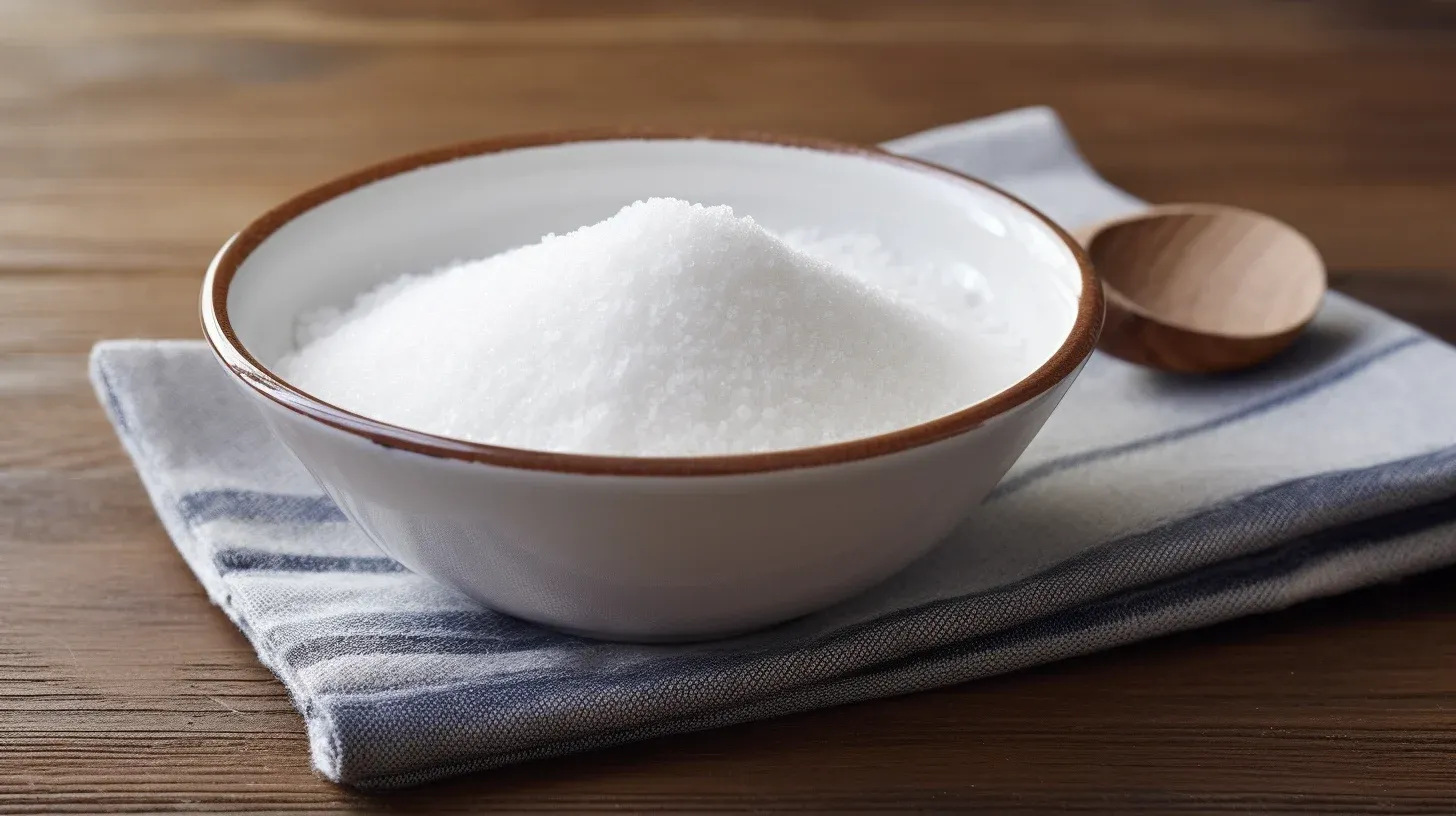
Sugar is not just for sweetening your tea. It can also make the fabric stiff. Mix sugar and water together until the sugar dissolves, then soak the fabric in this sugary solution. Once soaked, shape the fabric as you want and leave it to dry.
As it dries, the sugar forms a hard layer that keeps the fabric stiff. This method works well for projects where you need to stiffen the fabric temporarily. Because when you wash it, the stiffness goes away.
For those who craft with delicate materials like lace or thin cotton, using sugar is an easy way to get that crisp look without spending much money. Just be careful; if you use too much sugar or don’t dissolve it properly, your fabric might become sticky or attract insects! Always let your sweetened material fully dry in a warm spot away from bugs and dust.
Spray Hairspray
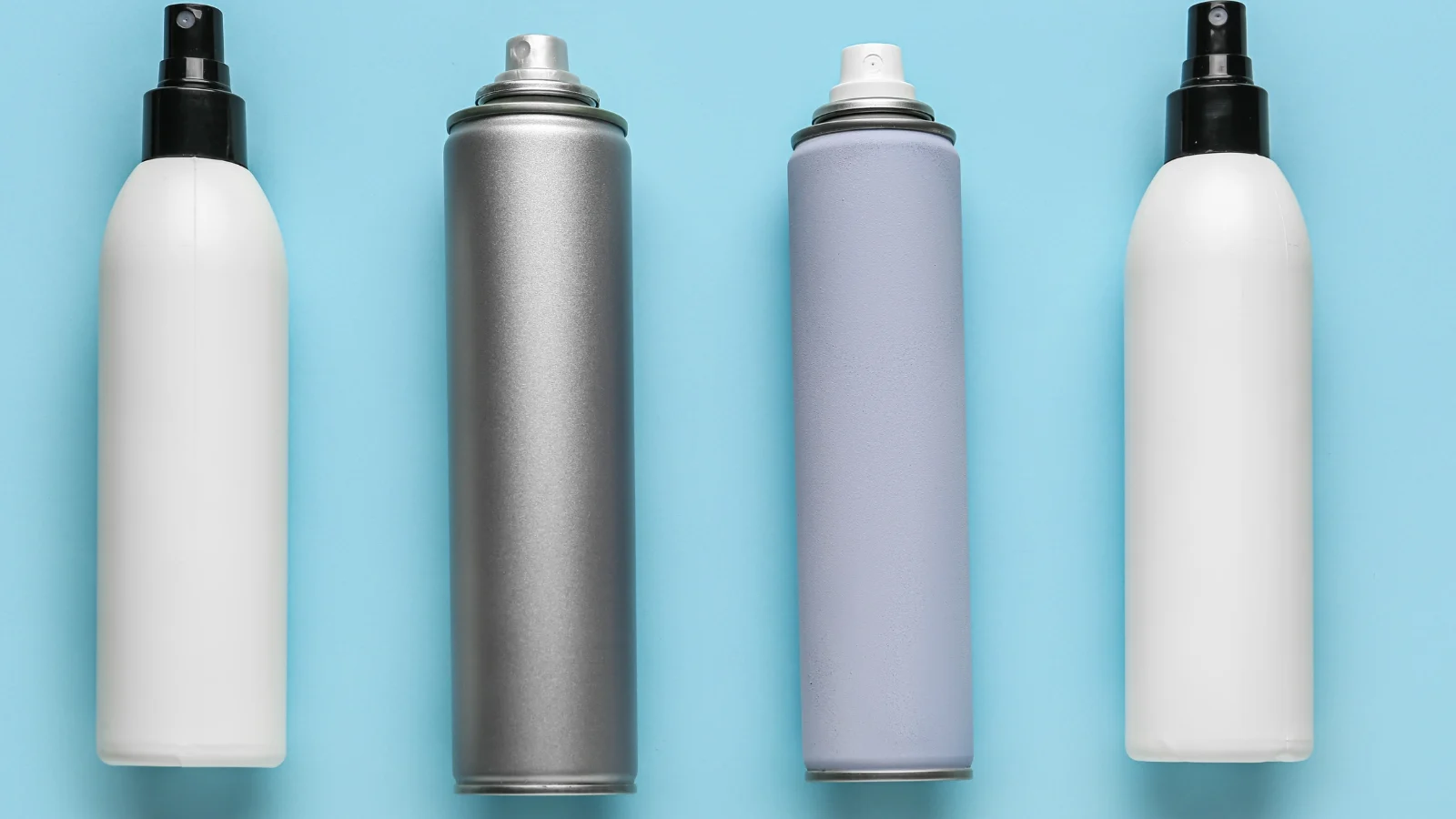
Moving from kitchen staples to something found in the bathroom, hairspray can also make fabric stiff. People often use it to keep their hair in place, but it works on cloth too. Just spray the hairspray evenly over the fabric from a distance until it covers all of it.
Let the material dry, and you will have a stiffer fabric that keeps its shape well. Hairspray is good for small projects because you can control how much stiffness you want by how much spray you use.
It’s quick and dries clear, so your project looks neat when done!
Use Wallpaper Paste
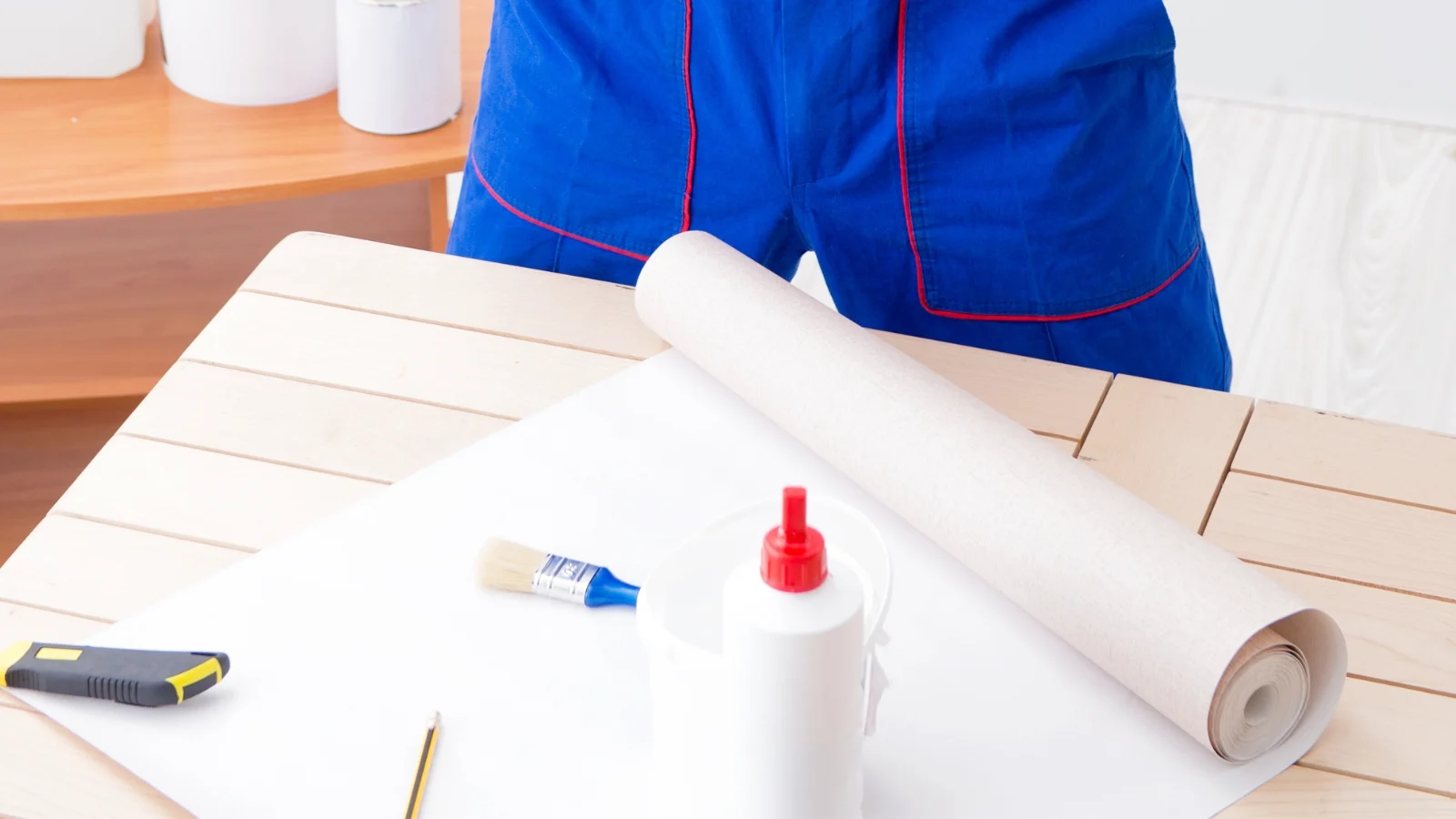
Wallpaper paste is not only for hanging paper on walls. It’s a great way to make the fabric stiff, too. You can find it at most stores or make it at home with flour and water.
To use wallpaper paste as a fabric stiffener, mix it up according to the package directions. Then, brush the paste onto your fabric, spread it evenly, and let it dry completely.
The stiffness of the fabric will vary based on how much paste you apply. For heavier fabrics or projects that need extra strength, add more layers of wallpaper paste once each layer dries.
This method lets you shape the fabric into forms and keeps them firm after drying. Just remember to work in a well-ventilated area because some pastes might have strong smells.
How to Stiffen Fabric: Use Commercial Fabric Stiffeners
While DIY concoctions offer creative control, commercial fabric stiffeners provide convenience and professional-grade results. They ensure that there’s a perfect solution out there for every project.
ModPodge Stiffy
ModPodge Stiffy is a popular choice for making fabric stiff. It is a strong liquid that comes in a bottle. You brush it onto your fabric, let it dry, and the material becomes hard.
This product works well for crafts where you want to mold the fabric into shapes like bowls or costumes that need to keep their form.
Crafters often use Mod Podge Stiffy because it’s easy to work with and dries clear. After applying this commercial fabric stiffener, place the fabric in the shape you want and leave it alone until it sets completely.
Aleene’s Fabric Stiffener and Draping Liquid
Aleene’s Fabric Stiffener and Draping Liquid is a popular choice for crafters who want to shape the fabric into unique forms. It works well with various types of materials. Once you apply it, let the fabric dry.
The result is a hard finish that holds the shape you desire. People use Aleene’s when they need their creations to last.
For special projects like lampshades or costumes, Aleene’s stiffening liquid gets the job done. You can mold your fabric over balloons, wire forms, or even cardboard without worry.
It dries clear, so your design shines through. If you work on delicate pieces or intricate draping, this stiffener helps maintain every detail perfectly in place.
Plaid Stiffy
Plaid Stiffy is a popular choice among crafters for making fabric stiff. It’s a ready-made solution that quickly turns your fabrics into hard, moldable shapes. People use Plaid Stiffy because it’s easy to apply and dries clear.
You brush it on, shape the fabric how you want it, and let it dry.
Crafts like bows, doll clothes, and home decor projects work well with this stiffener. Plaid Stiffy holds up over time too. That means creations keep their form without going limp or losing shape.
And since this product comes in a bottle, there’s no need to mix anything. Open it up and get started right away!
Beacon Stiffen Stuff
Beacon Stiffen Stuff is a popular choice for crafters who need to make fabric stiff. It comes ready to use in a spray bottle, which makes it handy and easy to apply. People like this product because it dries clear and doesn’t leave marks on their projects.
Once you spray it on your project, the fabric becomes hard and keeps its shape well.
This stiffener works great for all kinds of fabrics. You can use it when making hats, baskets, or even doll clothes that need some extra firmness. Just spray Beacon Stiffen Stuff onto the material, mold the fabric into the desired shape, and let it dry.
The result is a permanent, sturdy finish that will hold up over time.
Comparisons: DIY vs. Commercial Stiffeners
When it comes to stiffening fabrics, crafters and sewists often debate the merits of DIY concoctions versus commercial stiffeners. Each type has its pros and cons, which can affect the outcome of a project. Below is a comparison outlined in a table, detailing the effectiveness of homemade and store-bought fabric stiffeners.
| Stiffener Type | Pros | Cons | Best Used For |
|---|---|---|---|
| DIY Stiffeners (e.g., Cornstarch, Glue) | Economical Readily available ingredients Eco-friendly options | May be less durable Can attract pests Inconsistent results | Temporary projects, Lightweight fabrics |
| Commercial Stiffeners (e.g., ModPodge Stiffy) | Long-lasting stiffness Professional finish Precise application | More expensive Chemical smell May require ventilation | Heavy fabrics, Permanent installations |
Homemade stiffeners can be a quick fix for lightweight fabrics, but they often lack the staying power of their commercial counterparts. Commercial products deliver a reliable hold, though they come with a higher price tag and the potential for fumes. The choice between DIY and commercial fabric stiffeners will depend on the fabric, the project’s requirements, and personal preferences.
Conclusion
Stiffening fabric at home is easy and cost-effective. People use common items like cornstarch or glue to get the job done. For tougher jobs, commercial stiffeners are available, too.
Each method has benefits, depending on the project’s needs. With these tips, anyone can make fabric as stiff as they need it to be.
FAQs
Q: Can I use school glue as a fabric stiffener?
A: Yes! Mix school glue with water, and you have an easy homemade fabric stiffener that works well.
Q: Is there a way to stiffen fabric permanently?
A: For lasting stiffness, you can either apply interfacing between two layers of fabric or use commercial spray stiffeners designed for permanent results.
Q: How do I apply homemade stiffeners to my fabric?
A: Mix your chosen ingredients, like Mod Podge or wallpaper paste, with water. Then, brush it onto the fabric. Squeeze out any extra liquid. Shape it as desired before letting it dry completely.
Q: Will using interfacing keep my fabric hard forever?
A: Interfacing is great for keeping fabrics rigid over time. Because when you iron the interfacing and the fabric together, they bond permanently.
Q: Can I create shapes with my stiffened fabric?
A: Yes! Once treated with a DIY solution such as diluted white glue or Mod Podge, you can mold your scrap fabric into different shapes and let them sit until they’re totally dry.
Learn more sewing tips on Longan Craft Blog! Dive into the fabric world with Longancraft!





